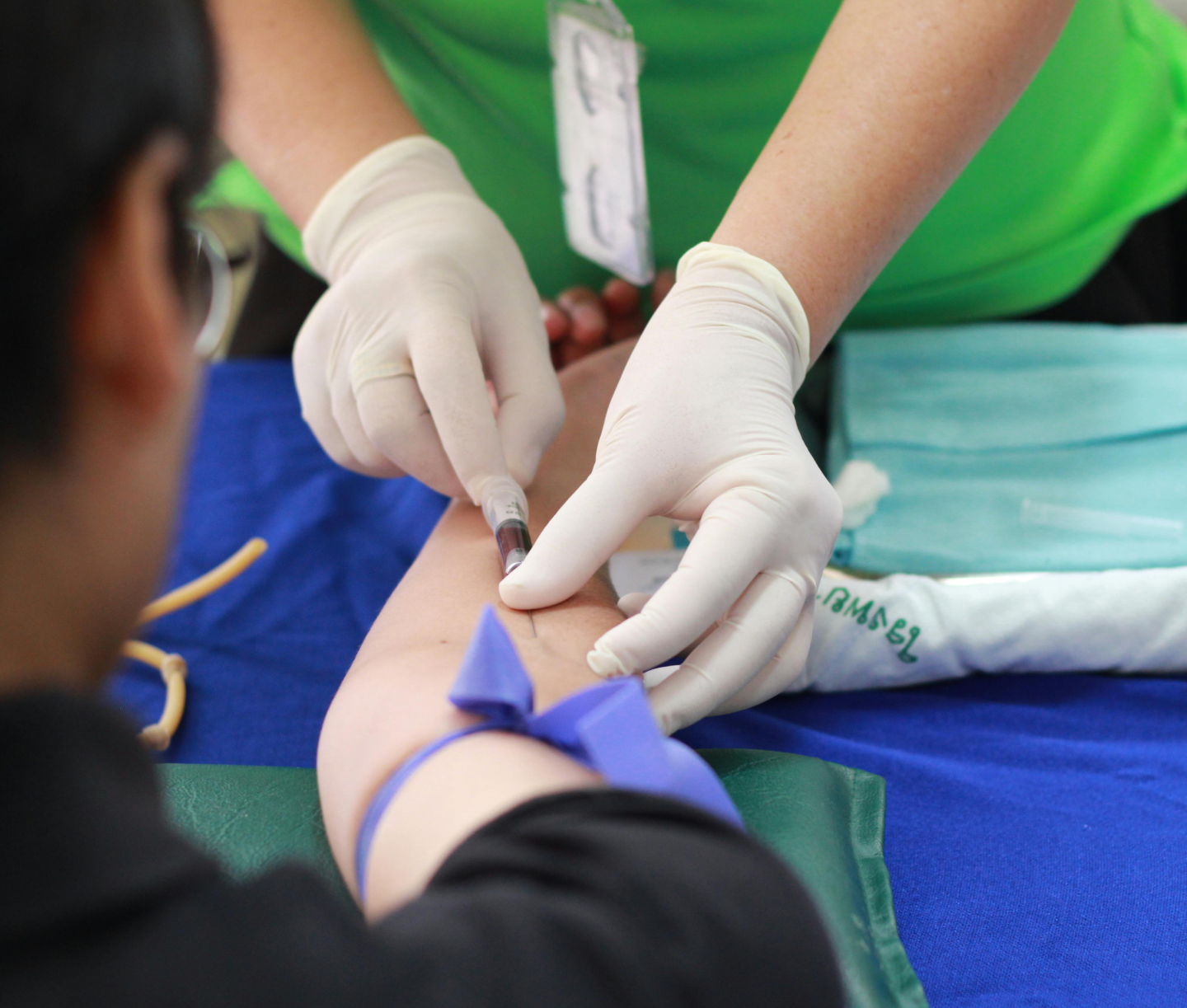Medical care can often become confusing and somewhat complicated for most of us to navigate. Especially when you are not in the right frame of mind, whether you are the patient in pain or the loved one standing by.
Rehabilitation begins at a pivotal point within an individual’s recovery process; therefore, choosing the appropriate level of care is vital. The rehabilitation level will vary significantly from individual to individual based upon their needs at the time.
Below we explain the differences between acute rehab and subacute rehab.
What is acute rehab?
Acute rehabilitation targets individuals who require extremely intense and multidisciplinary rehabilitation programs. Acute rehab involves individuals having round-the-clock care and 24-hour surveillance due to either the lack of stability of the individual either mentally, physically or both.
Individuals who display signs of moderate to intense physical withdrawal symptoms and possibly additional adverse side effects of their addiction will more likely than not be placed into acute rehab. Acute rehab is for individuals who cannot stop or control their use of drugs and alcohol due to possible underlying health conditions, painful withdrawals, and easy accessibility to abuse.
Furthermore, individuals who are regarded to be in ‘crisis mode’ regarding their alcohol and drug addiction can also be admitted to acute rehabilitation. They will immediately begin an assessment and detox program, closely followed by psychosocial interventions designed to help the opposing challenges within recovery.
Acute rehab has been specifically designed and developed to help individuals who require inpatient treatment. Taking the individual away from the stresses of society and into a safe place in which the individuals can solely focus on figuring out the underlying causes of their addiction. Recovery is easier to focus on with likely-minded individuals with similar additions or access to specialized help and research treatment modalities.
How long do you stay in acute rehab?
The length of an individual’s stay within acute rehab will vary greatly depending on the individual. Each program offered by Shoreline Recovery Center will deliver a different intensity again depending on the severity of the individual’s addiction and mental health challenges, if any.
Subacute rehab
Subacute detox means the situation is not acute, which means the individual who is currently suffering is not in any way at the time suffering from life-threatening complications.
Subacute rehabilitation has been designed for individuals undergoing recovery but are experiencing noticeably less intense withdrawal symptoms. Subacute rehab will usually be structured with less medical supervision than acute rehab and have an out-patient setup.
The sub-acute detoxification will begin with a range of urine and blood tests so the medical professional can figure out the level of substances that are currently within the body. This assessment can help the medical professional identify the individual’s usage during their addiction to help them with their addiction and a plan of action to ensure the patient is successful in staying sober.
Both subacute and acute rehabs will more often than not involve medication, particularly when the individual has or is addicted to:
- Alcohol
- Sedatives
- Opioids
Medication will often allow the individual to be more comfortable and stable when dealing with the withdrawal symptoms and recovery process.
When to get help
The more an individual abuses, the higher tolerance the body becomes, eventually developing the individual’s addiction severity.
When individuals decide to stop taking the addictive substance, they will begin suffering mentally, emotionally, and physically. The longer the individual controls their addiction and doesn’t give in to the cravings, the more intense the symptoms get, ranging from moderate to life-threatening depending on their addiction severity.
Both acute and subacute rehab can be the first step for anyone suffering from addiction.




